Nearly every federal agency is currently tackling a major IT modernization project. The need for functional, transparent, and user-friendly project management systems has never been higher. But tracking, managing, and overseeing these projects can be difficult for the agencies involved. Projects like the Federal IT Dashboard that the General Services Administration (GSA) successfully relaunched in March 2022 is an example of how a unified, user-friendly, and cost-effective dashboard can give agencies the tools they need to manage an expanding portfolio of projects. This ambitious project, taken after the previous dashboard had aged and become too costly to maintain, is a big step forward for the agency.
The GSA wanted to create a one-stop, accessible version of the resource, which gave agencies the insight they needed to understand and better manage their IT portfolios and investments. Their investment in a contemporary, easy-to-use dashboard is a testament to the role that a powerful, modern dashboard system plays in government program management. A well-built dashboard delivers an overview of the agency or program’s state of affairs, giving agencies the visibility they need to make informed decisions.
 The Value of a Single View Across Complex Programs
The Value of a Single View Across Complex Programs
One of the biggest advantages a dashboard can bring to an agency is the ability to zoom in and out of complex, multi-faceted programs and projects. This interactivity lets agencies gain insight into their project and program structures at multiple levels.
Dashboards also help with project tracking, transparency, and accountability across internal and external stakeholders. The dashboard becomes an interactive map, allowing users to dive into the details at each level of the projects they contain, giving leaders the big-picture view they need to see the impacts of a multi-faceted project.
Custom dashboards are built for an agency with a specific use in mind. While these solutions offer incredible levels of customization, they can often be costly to develop and maintain. Fortunately, there are other options that are easy to use, quick to implement, and more cost-effective than their custom counterparts. Powerful enterprise dashboard platforms are one such option. They deliver a secure, easy-to-use, simple-to-understand viewpoint that can scale from the 10,000-foot view across the program portfolio to individual tasks in a single project.
The ideal platform can bi-directionally integrate with one or more instances of the agency’s favorite project management tool to deliver an aggregated, strategic, enterprise view of everything happening across those projects and programs. It’s also important to have native integration on top of a preferred project management platform. This can bring visibility to the work being done across multiple projects and programs and delivers insights that a standalone project management tool couldn’t, such as tracking overall operational performance and measuring risk.
Working with modern commercial software can help agencies of all sizes use informative, easy-to-use dashboards, helping teams connect strategies with their technical execution at a glance. As a strategic portfolio management tool, powerful dashboard platforms that integrate with a world-class project management tool let agencies see the bigger picture without having to invest in costly tools that are built from scratch and outdated as soon as they are deployed.
Here at Atlassian, we’re celebrating the modern, agile approach to project dashboards, and we encourage agencies to consider adopting similar solutions in the spirit of financial and developmental efficiency. Our mission is to help unleash the potential of every team. We believe effective dashboards can be a key component in bringing agency teams together to help them achieve their missions.
Download our whitepaper “Jira Align: Key Steps Toward an Adaptive, Efficient, and Effective Government” to learn how Atlassian is helping agencies meet their mission requirements!

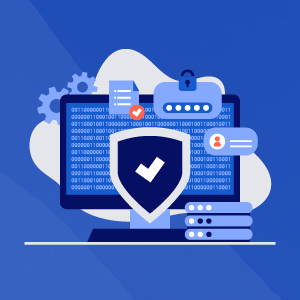 Zero Trust Networking
Zero Trust Networking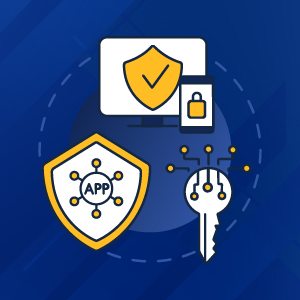 Data Modernization
Data Modernization How is the Framework supposed to be used?
How is the Framework supposed to be used?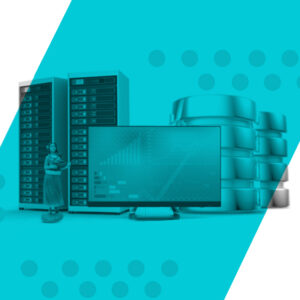 Modernization through the cloud
Modernization through the cloud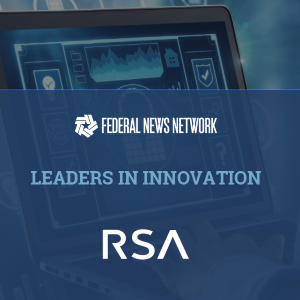 The Future of FIDO
The Future of FIDO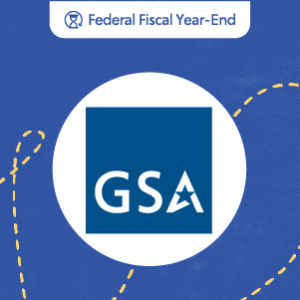 GSA is currently engaged in an activity called MAS Consolidation, enabling a new single solicitation process that streamlines terms and conditions across multiple schedule programs. This new process is GSA’s effort to make it easier for both industry and government to contract by having a single, consolidated set of terms. Previously, there were separate schedules for different commodity types, i.e. furniture, office supplies, or software. Consolidation of the varied schedules will enable customers to find total solutions under one contract vehicle while ensuring that necessary terms and conditions are met.
GSA is currently engaged in an activity called MAS Consolidation, enabling a new single solicitation process that streamlines terms and conditions across multiple schedule programs. This new process is GSA’s effort to make it easier for both industry and government to contract by having a single, consolidated set of terms. Previously, there were separate schedules for different commodity types, i.e. furniture, office supplies, or software. Consolidation of the varied schedules will enable customers to find total solutions under one contract vehicle while ensuring that necessary terms and conditions are met.